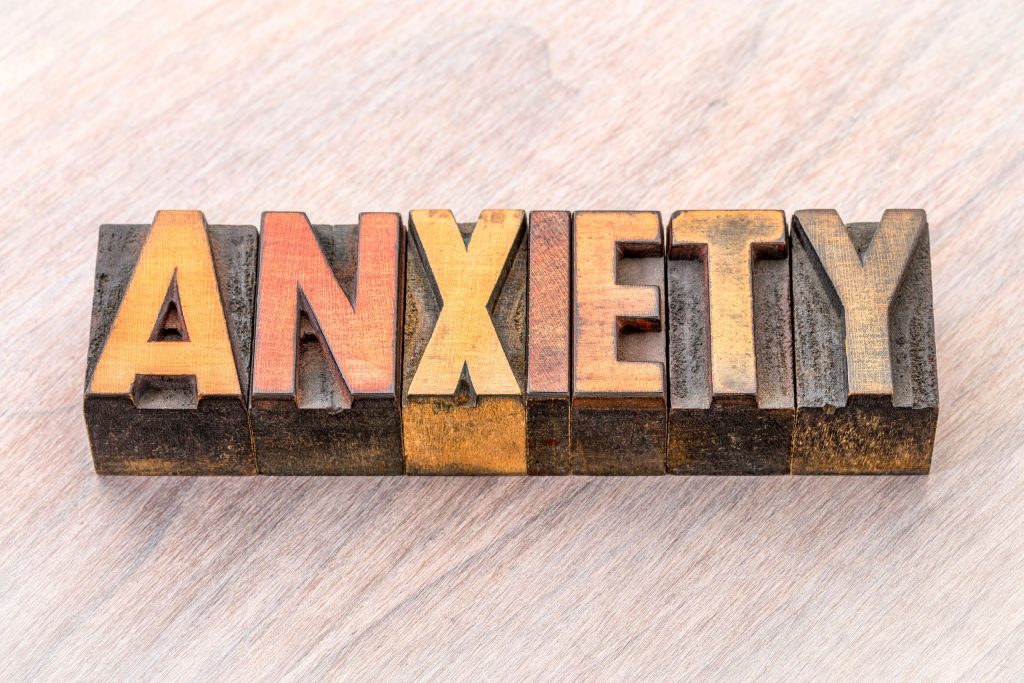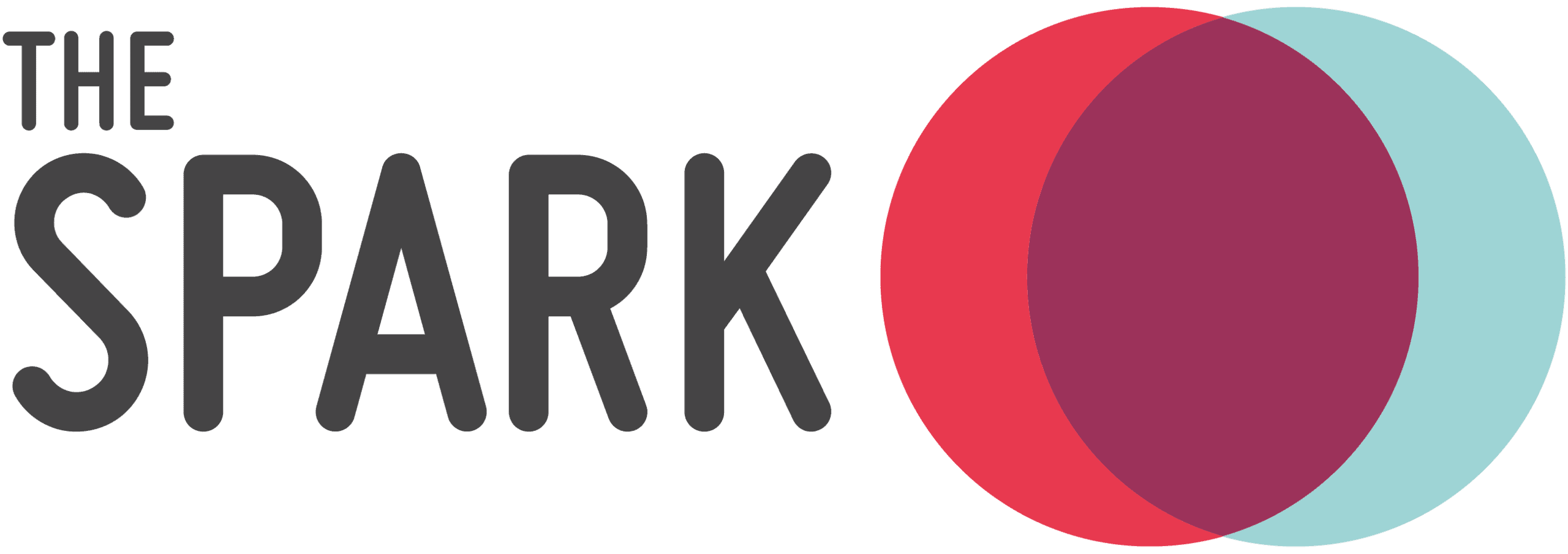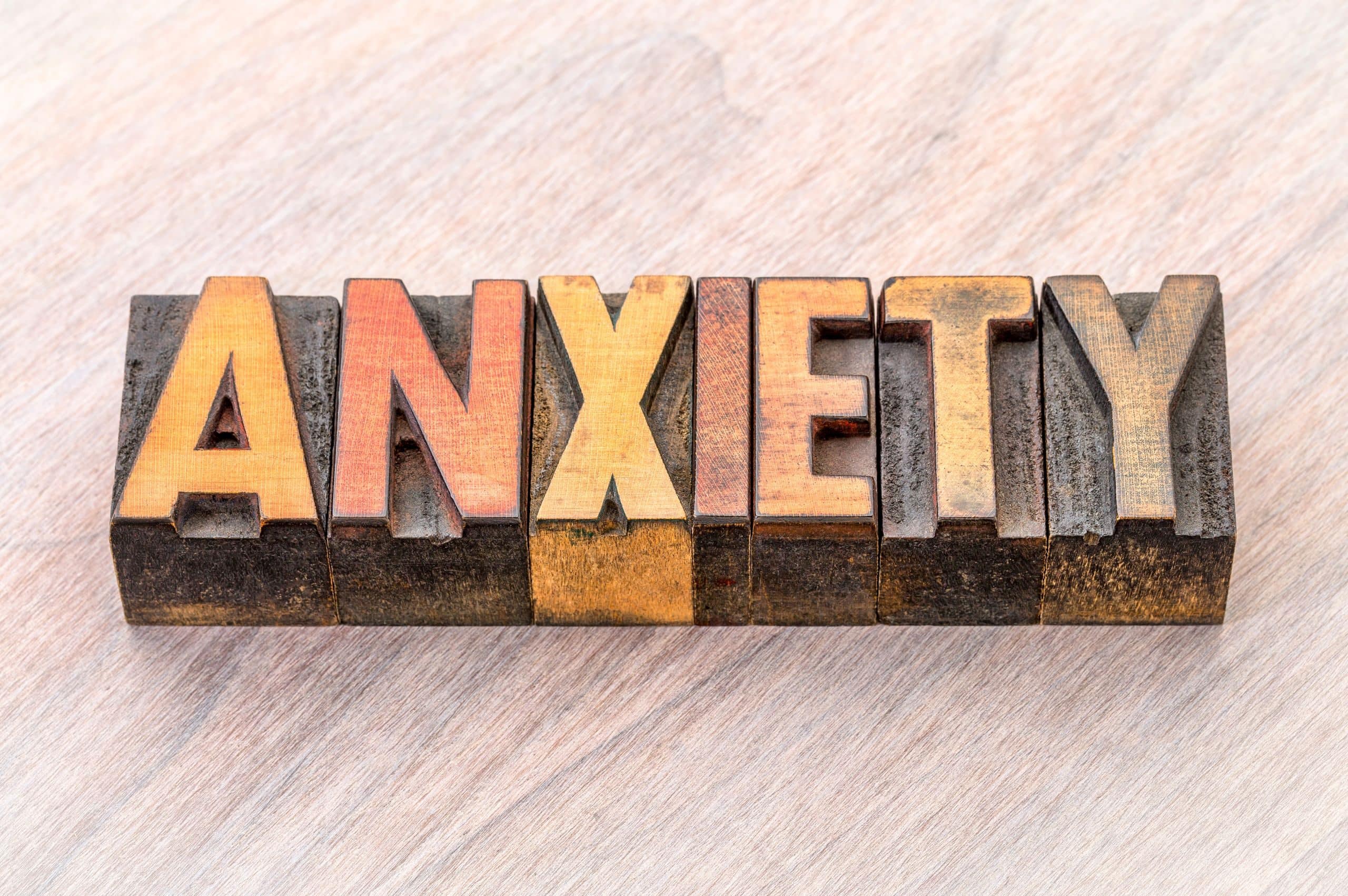Anxiety is a very unpleasant experience for your child and for you as their parent. Finding tools and techniques to help them combat anxiety is something every parent seeks to do. In this short article Children and Young People counsellor, Linda Smith looks at an effective method known as a comfort box.
Helping an anxious child
Negative thoughts are the foundation of anxiety in children. Replaying things that have happened in the past or thinking negatively about the future creates feelings of panic. Even when a child is physically safe and comfortable, such negative thought patterns can create strong emotions of fear and hypervigilance.

As a youth counsellor with The Spark, my mission is to help children and their families find the tools and strategies that work best for them. Primarily this is about helping children change their negative thought patterns or learning to distract themselves from negative thoughts.
One tool that I have found to be effective is to create a comfort box.
How do you make a comfort box?
A comfort box is a physical or imaginary box that is used to distract a child from negative thoughts and encourage more positive, soothing ones. We can think of it as an anchor of comfort when a child is experiencing periods of anxiety.
Creating a comfort box is something that parents can easily do at home. The key is to fill it with items that stimulate the five senses – sight, smell, taste, touch and hearing.
What should I put in my child’s box?
Your child’s comfort box should include only items that create happy memories, soothing sensations or pleasant feelings using the five senses. Here are some examples of items to consider including for each sense:
- Smell: bathtime soap or your body spray/aftershave
- Taste: their favourite sweet treat or snack
- Sight: a picture or drawing of a fun, family experience
- Touch: a comfort blanket or favourite cuddly toy
- Sound: an audiobook, piece of music or sound of a loved one talking
It is important that these items create only happy, joyful memories. They should not have any association or connection with difficult memories or experiences. Ideally, they should not be too stimulating either. This is particularly the case with the audio item so try to avoid music with a high tempo or that is particularly loud.
How does a comfort box calm feelings of anxiety?
When a child is feeling anxious the comfort box can be used to change the negative thought patterns. As the child goes through the items in their own box encourage them to say outwardly or inwardly what they are thinking or feeling as they taste, touch, listen, smell or see each item.
Here are some examples:
‘I like the feeling of this pillow because it is soft and fluffy’
‘This smell reminds me of mummy’
‘I collected this shell the day we all went to the beach and had ice cream’
‘This blanket makes me feel warm and cosy’.
As the child moves through their comfort box and talks about each item, the positive thoughts should gradually replace the negative ones and ultimately ease their anxiety.
Creating a virtual comfort box
In situations where it is not possible for the child to have their comfort box to hand, practice an imaginary version with them. In their virtual version of the box, support them to say what they think when they imagine holding, touching, smelling, seeing or hearing each item.
Comfort boxes can be an effective way to calm anxious children when they are in the middle of a time of distress. But the benefits are not just found in short term soothing.
Tackling childhood anxiety
Working with children to create comfort boxes also helps give a better understanding of how they see the world around them. By finding out what things can bring them comfort we can also understand why that is the case. Therefore, we have a better understanding of what experiences, situations or issues trigger the negative thoughts that lead to anxiety.
Linda Smith is a member of the British Association for Behavioural and Cognitive Psychotherapies and a Children and Young People counsellor with The Spark. She works with Primary school pupils aged 6 to 12, young people aged 15 to 21 and adults in Scotland. Linda has a particular interest in the areas of anxiety and attachment difficulties in young people and adults Support for childhood anxiety
At The Spark, we are the biggest provider of in-school counselling for children and young people in Scotland. Primary and secondary schools across the country partner with us to help their pupils deal with issues like anxiety.
We also provide individual counselling for children and young people outside of school.
To find out more about our individual services for children and young people, speak to one of our advisors on 0808 802 2088 or contact us online.

